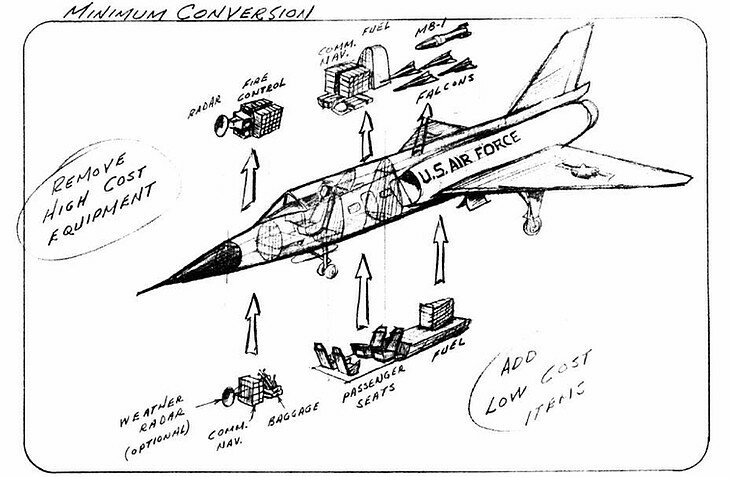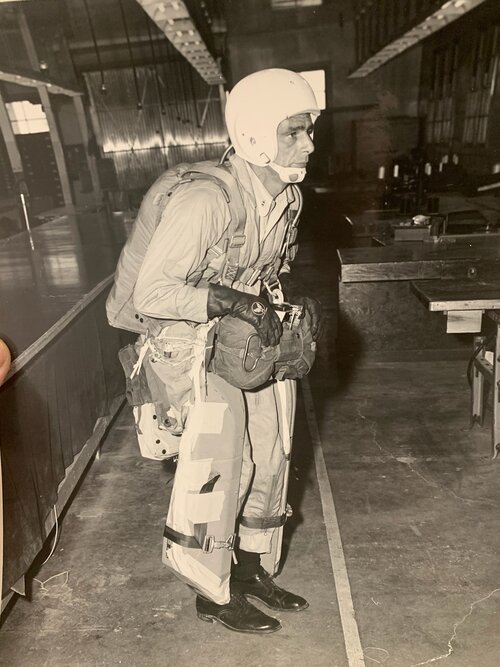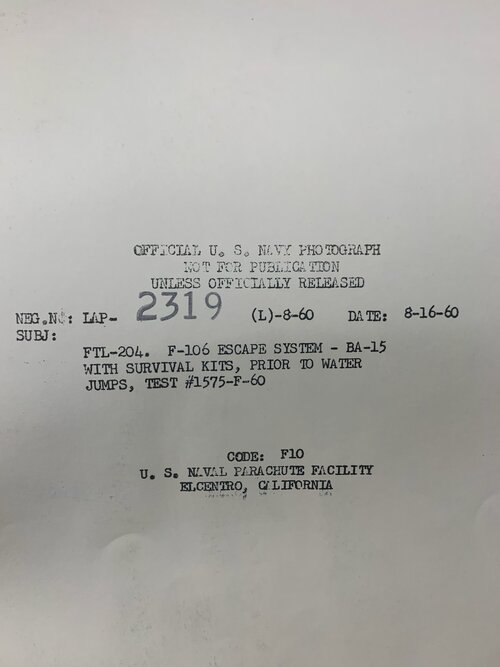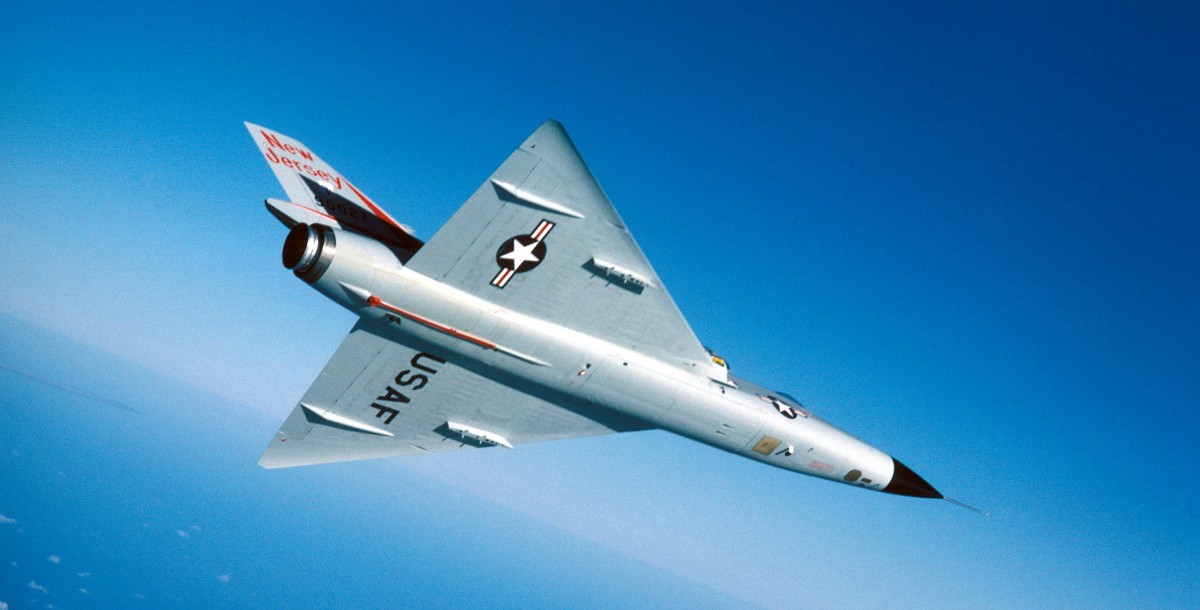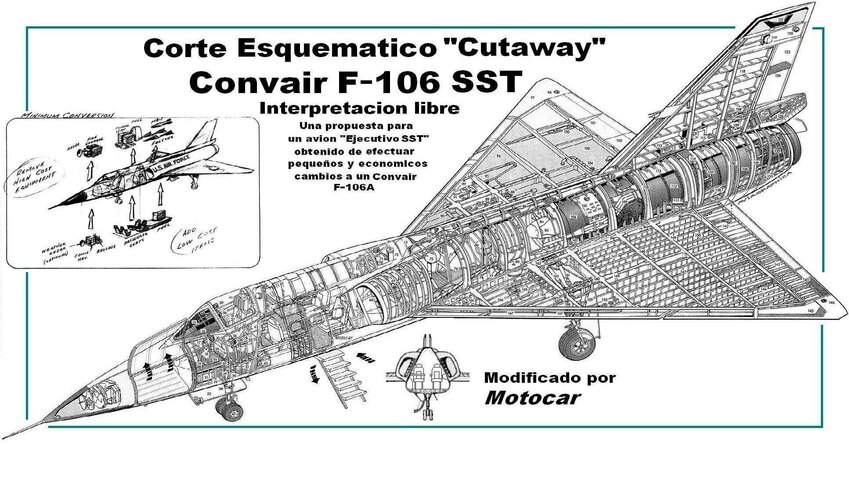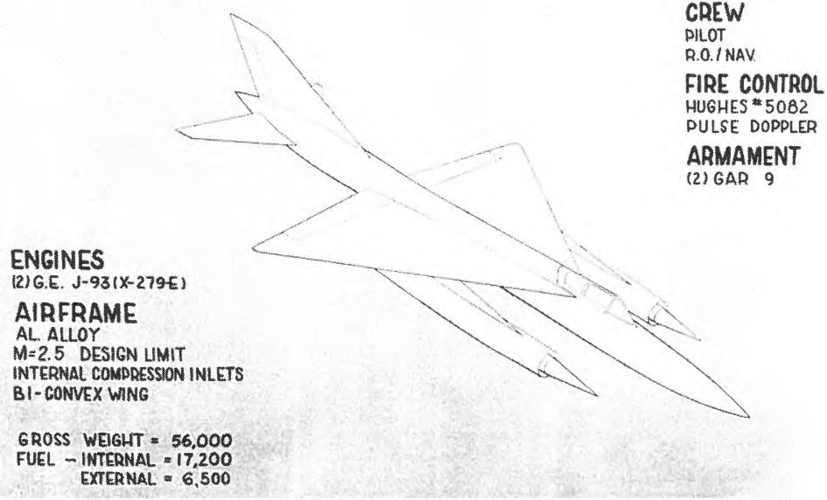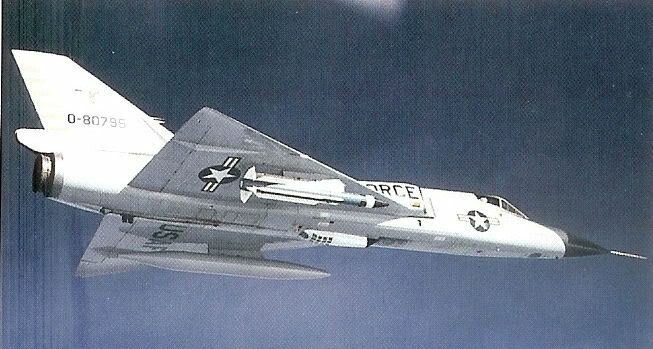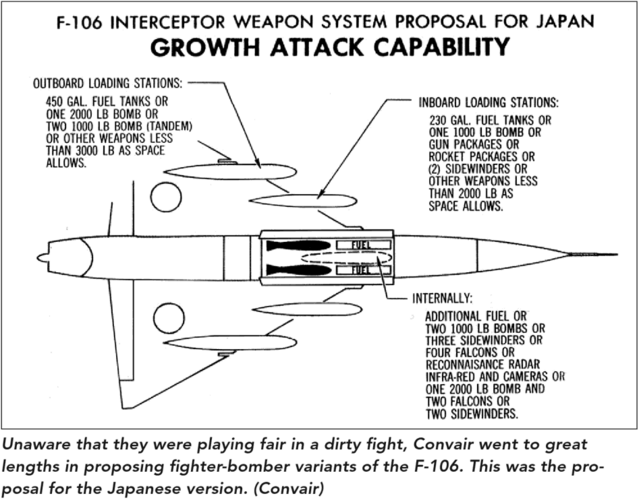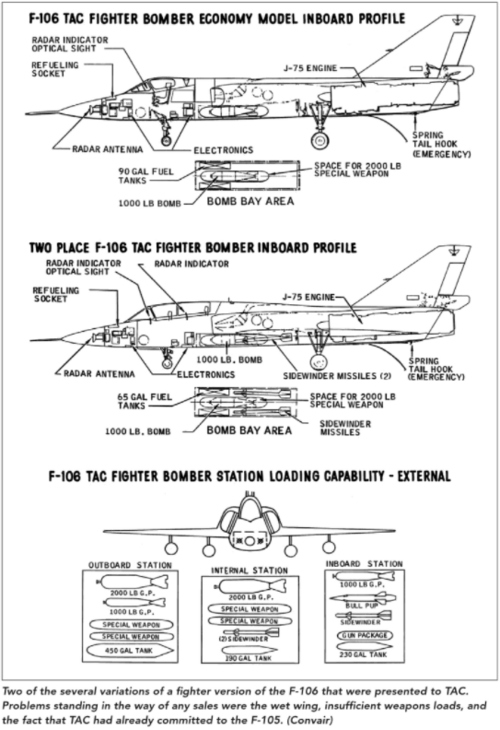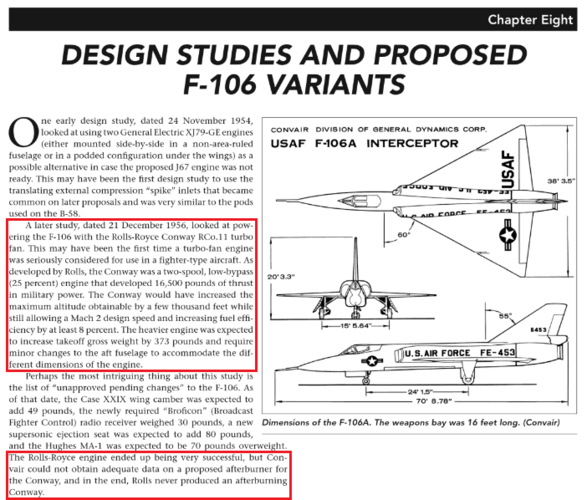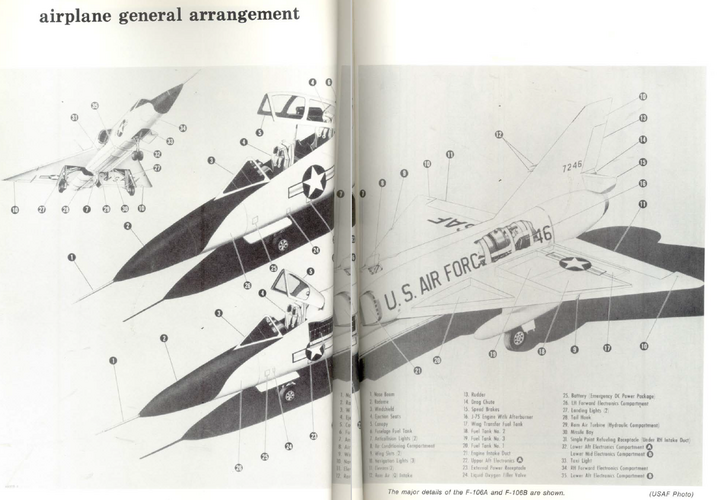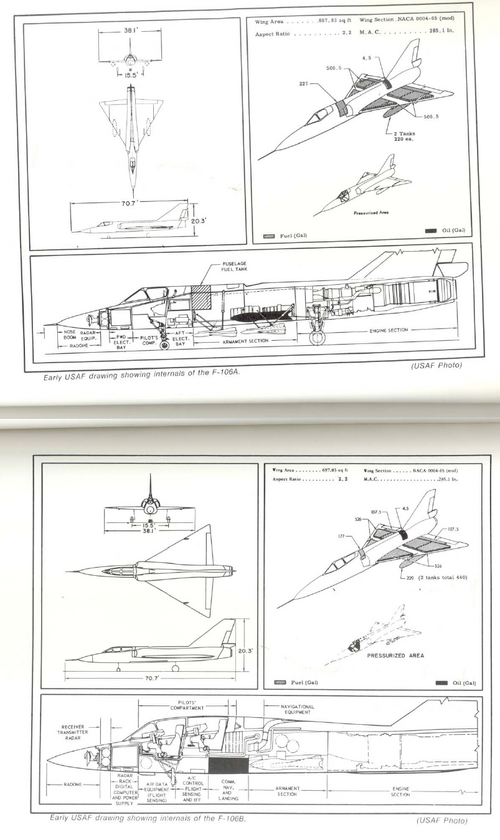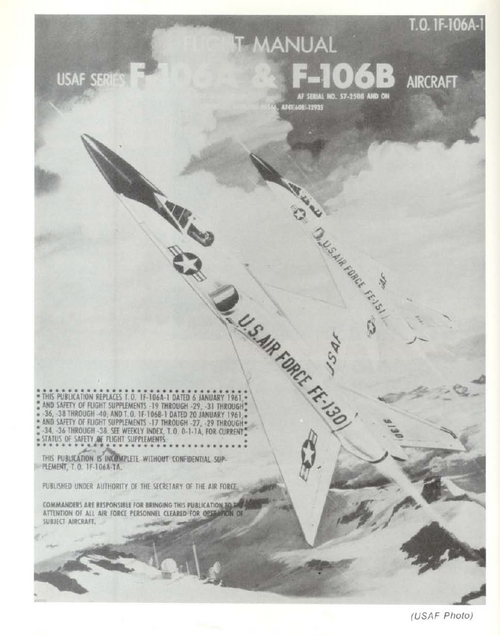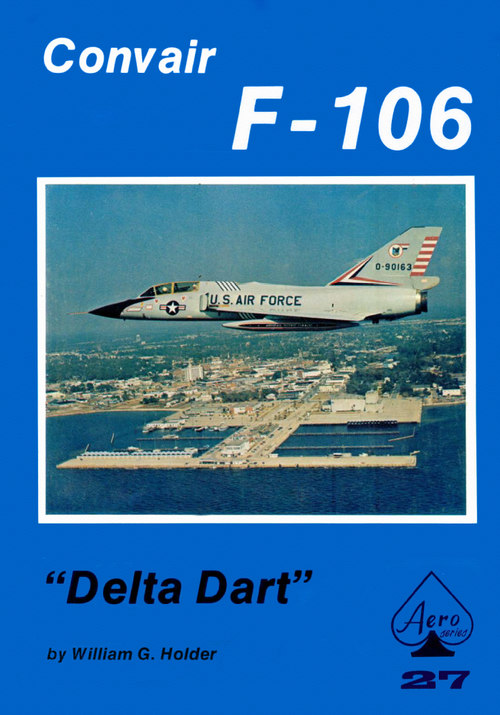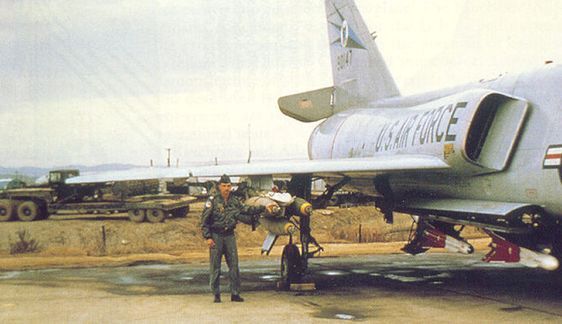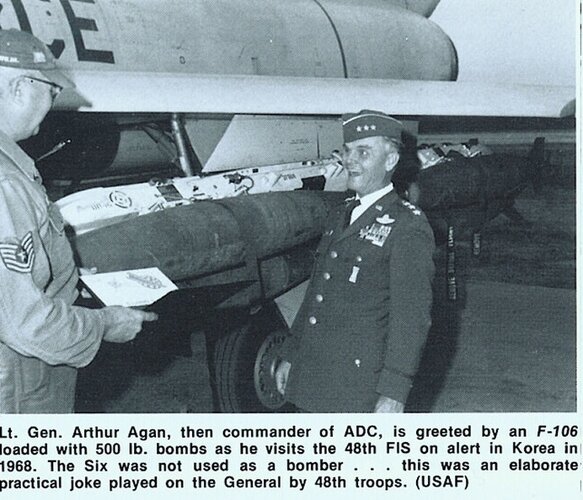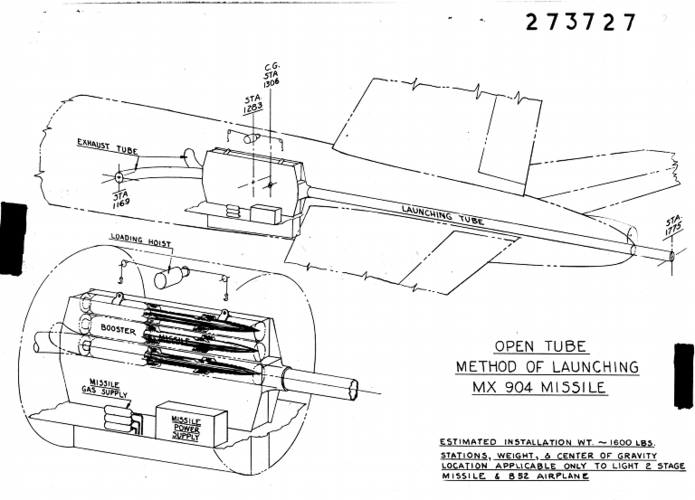- Joined
- 6 September 2006
- Messages
- 4,327
- Reaction score
- 7,516
Sounds like it was connected to nuclear attack alert (pre-ICBM), I guess to ferry high-rankers out of Washington DC pretty sharpish and to scattered command posts and the like or for evacuating said posts if there was an incoming second-wave.
Against a Soviet transpolar bomber threat that might have been feasible but I'm guessing the arrival of ICBMs soon after 1958 made an escape more difficult and by then the KC-135 offered a reliable means of having an airborne command post on alert so it would not be required.
Shows how big the F-106 was though if you could get four people in there and it doesn't even look too cramped either.
Against a Soviet transpolar bomber threat that might have been feasible but I'm guessing the arrival of ICBMs soon after 1958 made an escape more difficult and by then the KC-135 offered a reliable means of having an airborne command post on alert so it would not be required.
Shows how big the F-106 was though if you could get four people in there and it doesn't even look too cramped either.

